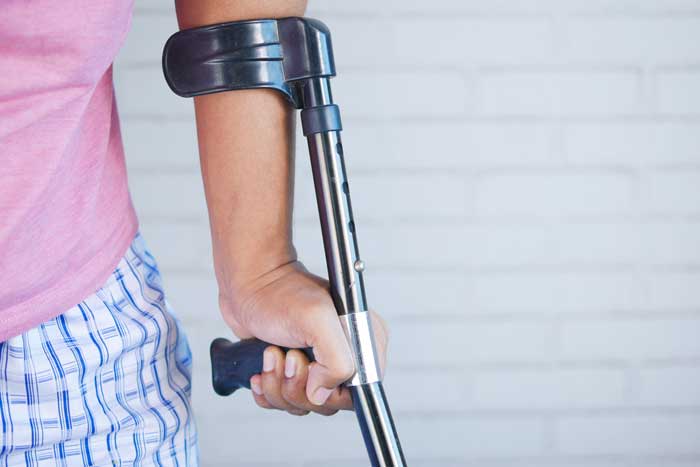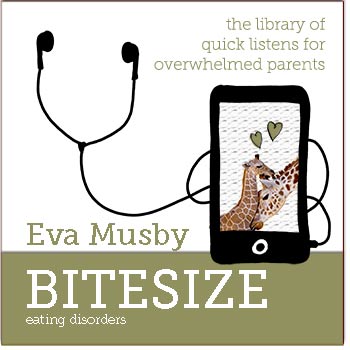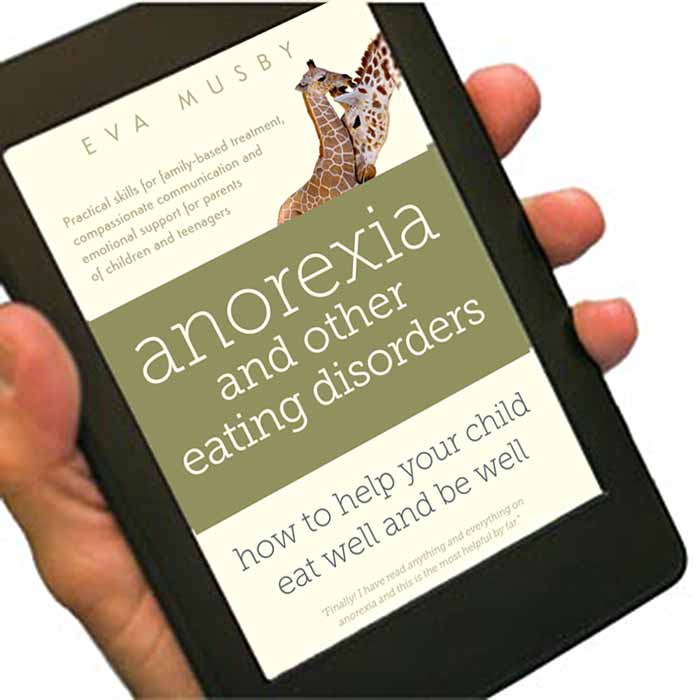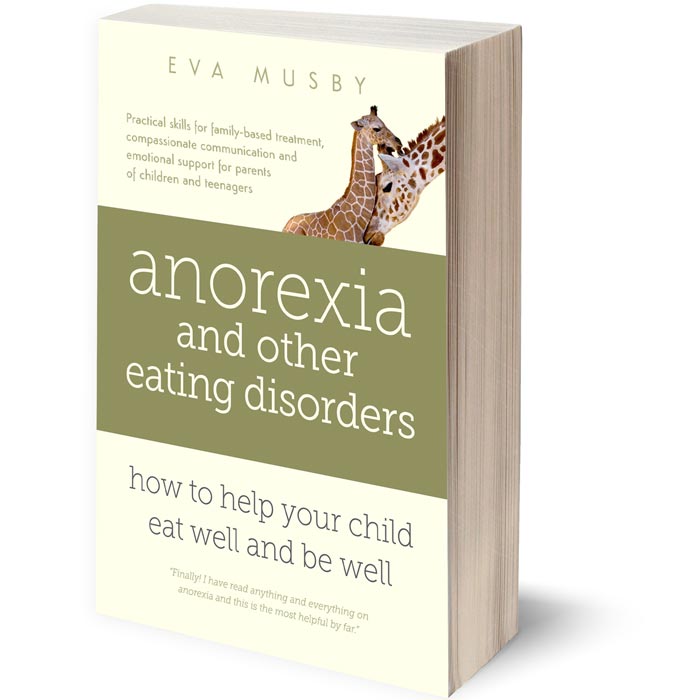Last updated on August 12th, 2022
Why I feel passionate about Phase 2 and 'coaching for normal'
There are an awful lot of youngsters whose treatment stops as soon as they are more or less weight-recovered. Parents who had taken responsibility (in Phase 1) for their child's nutrition and who had protected their child from over-exercising and purging, are suddenly told to back off.
The young person secretly feels like a failure. They still find meals hard, they still have obsessive thoughts looping through their head and they still feel terrible in their body. If treatment is over, then does this mean they will be stuck with their eating disorder for life?
What's been missing is they were never coached to gain confidence with 'normal' behaviours and their brain did not get time to rewire.

Phase 2 badly done: too much handover of responsibility, too soon
Phase 2 can go seriously wrong if young people are told they can now make their own decisions around food or exercise, when actually they are still rather lost and are not ready to do this wisely.
Meanwhile the parents have been disempowered, so when the young person reverts to tiny meals in their bedroom, or when all their focus is on staying below a certain weight, the parents feel unable to do anything about it. Some months later they say their child has 'relapsed', when actually, distressingly, the treatment was never completed.
This can happen when people are discharged from inpatient treatment for an eating disorder. Inpatient units do not finish treatment. That must be done in a normal home environment, and it's most likely that your child will need your support and coaching for a while.
Here's one short audio among many from my Bitesize audio collection: "My child got worse with more autonomy and we can’t go back"
Weight-restoration is not enough
Proper weight restoration is necessary to recovery (I explain this here and in this YouTube too). But it's not sufficient. Your child needs Phase 2 as well.
Parents, educate yourselves about Phase 2
Your clinicians may have no choice but to discharge your child too early, as many have waiting lists with very desperate young people. Or they may believe you are overly fearful and that they must push you to let go or responsibility for your child's recovery. So you may need to educate yourselves, either to do it alone, or to step up your teamwork with the clinician.
- Learn how to coach your child to manage meal portions and sensible exercise.
- How you can keep track of all the 'not normal' behaviours, including fear foods and fearful situations, so you can work on them.
- How to go back to "the last thing that worked".
- How to devise small experiments so as to gauge how much autonomy your child is ready for.
- Understand intuitive eating and why you can't expect your child to just jump into it.
- How to manage the uncertainties of this phase, so you can eventually let go wisely, get on with your life, yet step back in any time if necessary.
Where to learn
- I guide you through Phase 2 in Chapter 10 of my book. You can read extracts here.
- I cover the major aspects of Phase 2 and of exposure work to fear foods, in my Bitesize audio collection
- See my post 'How to get your child to cope with calories on menus (get free of the eating disorder)'
- I regularly offer a workshop on Phase 2
- This is a great piece from FBT therapist Lauren Muhlehim: 'Transitioning to independence'
- And this podcast with her also includes big concepts you need to know
- Also read 'Navigating Phase II' by FBT therapist Sarah Ravin
- Get it all from the horse's mouth in the manual and the parent book of Lock and Le Grange and in the service manual from the Maudsley child and adolescent unit (where they call it 'Phase 3')
"FBT often is just seen to be Phase One […] and that would be an oversight of the complexity and the importance of phases Two and Three and bringing the adolescent to a place where they're now much less encumbered by the eating disorder and their own voices are beginning to be heard and should be heard and be part of the treatment process"
Daniel Le Grange
From Daniel Le Grange in this webinar (at 32:58mn) below on 'What FBT is NOT': It's not 'New Maudsley'(dolphins), it's not being a 'brick wall', it's not just refeeding:




